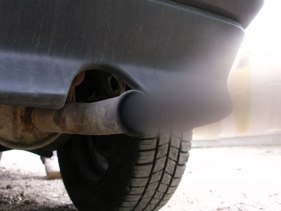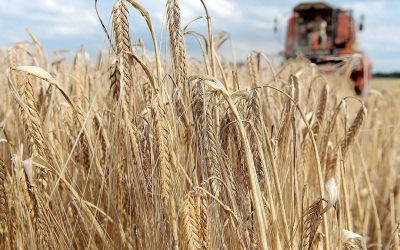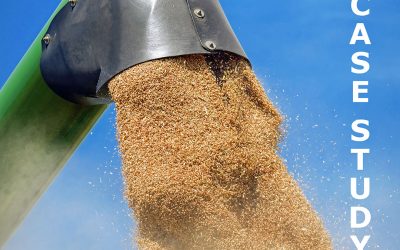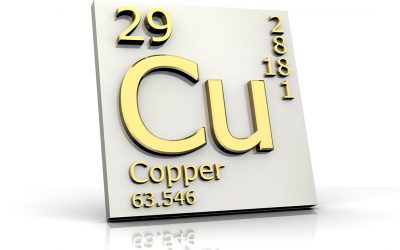Animal feed and cars responsible for smog

US scientists have determined that the combination of lots of fermenting animal feed fumes mixed with car exhaust gases can become a major source of smog.
University of California-Davis researchers said their finding solves a long-standing mystery of why California’s San Joaquin Valley – a moderately populated agricultural region – has higher levels of ozone than many densely populated cities. Ozone is one of the main ingredients in smog.
The scientists, led by Professor Michael Kleeman, say their report explains how fermented cattle feed works with automotive exhaust to produce the high ozone levels in the San Joaquin Valley – an area that produces 10% of America’s food supply.
The researchers said their study documents how emissions of reactive organic gases from seven different animal feeds combine with combustion emissions and sunlight to form smog.
It shows how fermented feed, such as silage, appears to be the largest man-made source of the organic gases that contribute to ozone formation in the valley – even more than cars.
They said the until-now-unrecognized animal-feed factor might explain the failure of traditional vehicle smog control regulations in the area.
The research is reported in the journal Environmental Science & Technology.











